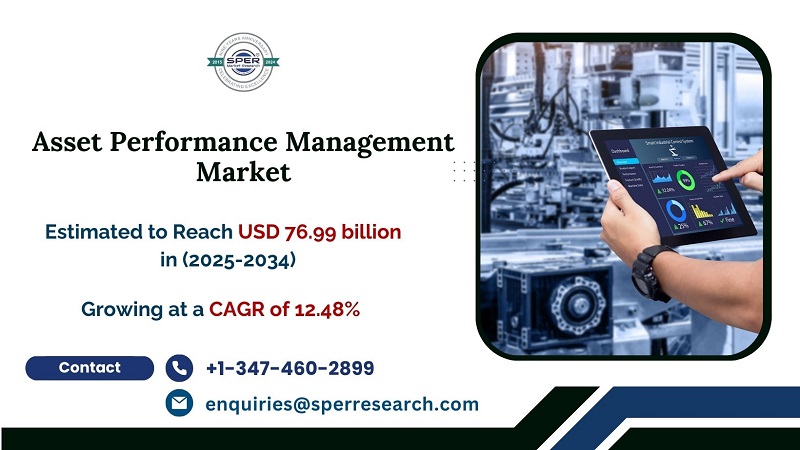Advanced robotic systems known as autonomous mobile robots (AMRs) can navigate and carry out activities in their surroundings without direct human supervision. With the help of advanced sensors and artificial intelligence, AMRs are able to comprehend their environment, steer clear of hazards, and choose the best course of action to finish the tasks they have been given. AMRs are versatile and adaptable to changing conditions, which makes them appropriate for a range of applications in sectors like manufacturing, shipping, and warehousing, in contrast to automated guided vehicles (AGVs), which travel predetermined paths. By automating repetitive operations, these robots improve operational efficiency and free up human workers to concentrate on more complicated tasks.
According to SPER Market Research, ‘North America Autonomous Mobile Robots Market Size- By Type, By End User – Regional Outlook, Competitive Strategies and Segment Forecast to 2033′ states that the North America Autonomous Mobile Market is estimated to reach USD 3878.31 million by 2033 with a CAGR of 24.19%.
DRIVERS: One important driver is the increasing demand for automation across industries, especially in manufacturing, logistics, and healthcare. In response to pressure from the competition, businesses are implementing AMRs to increase operational efficiency, lower labor costs, and boost productivity. The demand for effective order fulfillment procedures has increased as a result of the growth in e-commerce. AMRs can process high order volumes fast and precisely, which lessens the need for manual labor and increases warehouse productivity. By taking over dangerous and repetitive jobs, AMRs help to improve worker safety. All of these factors point to a robust development trajectory for the North American AMR industry as businesses increasingly use automation to be productive and competitive.
RESTRAINTS: AMRs frequently have trouble detecting obstacles in real time, which can result in crashes or unplanned stops that need for human assistance. Operations can potentially be disrupted by false positives in obstacle detection, as robots may stop for non-threatening objects, increasing downtime. AMRs have trouble functioning in unfavorable weather circumstances like rain, snow, or dust, which can affect sensor performance and cause environmental cues to be misinterpreted. AMRs’ limited battery life limits their operating time, requiring frequent battery changes or recharging, which can cause workflow disruptions and decrease efficiency.These limitations draw attention to the difficulties in successfully implementing autonomous mobile robots in a variety of industries, calling for constant technological improvements and operational plans to overcome these difficult
Request For Free Sample Report @ https://www.sperresearch.com/report-store/north-america-autonomous-mobile-robots-market.aspx?sample=1
The market for North America autonomous mobile robots is dominated by United States due to robust manufacturing and logistics sectors.Some of its key players are ABB Ltd, Teradyne Inc, KUKA AG, Boston Dynamics, Aethon Inc., Harvest Automation, GreyOrange, Mobile Industrial Robots, inVia Robotics Inc., Locus Robotics Inc.
North America Autonomous Mobile Robots Market Segmentation:
By Component: Based on the Component, North America Autonomous Mobile Robots Market is segmented as; Hardware, Software and Services.
By Type: Based on the Type, North America Autonomous Mobile Robots Market is segmented as; Picking Robots, Self-Driving Forklifts, Autonomous Inventory Robots.
By End Use: Based on the Application, North America Autonomous Mobile Robots Market is segmented as; Manufacturing, Distribution & Warehousing.
By Region: This research also includes data for US, Canada and Mexico.
For More Information, refer to below link: –
North America Autonomous Mobile Robots Market
Related Reports:
Contact Us:
Sara Lopes, Business Consultant — USA
+1–347–460–2899









